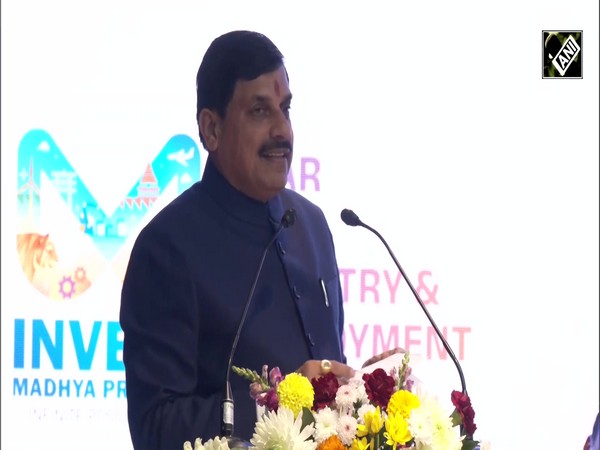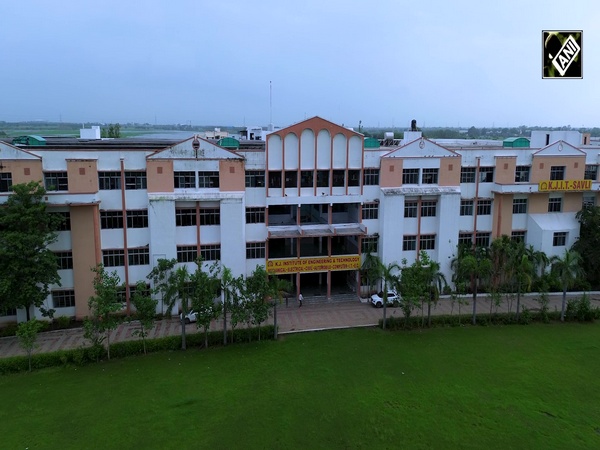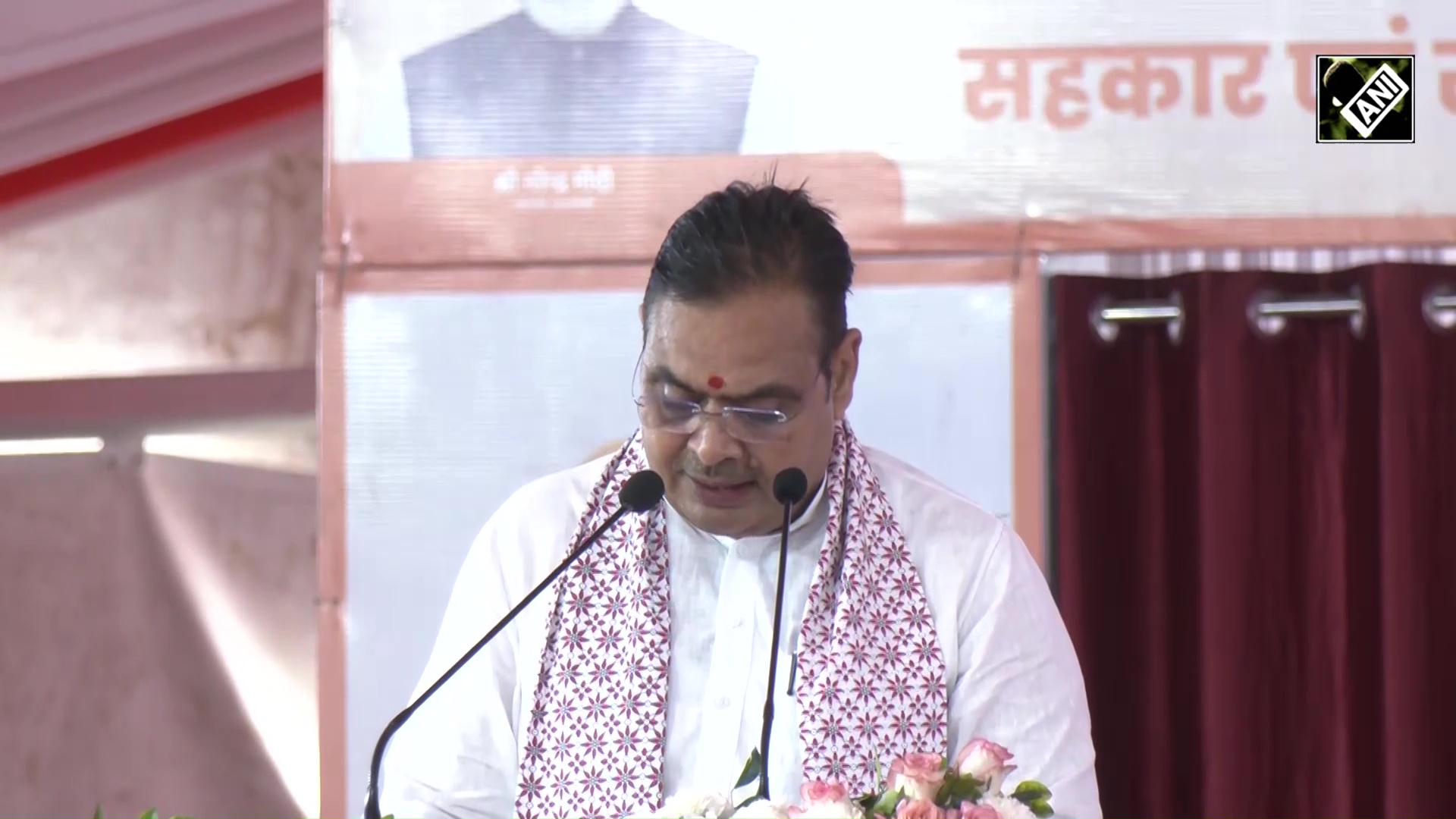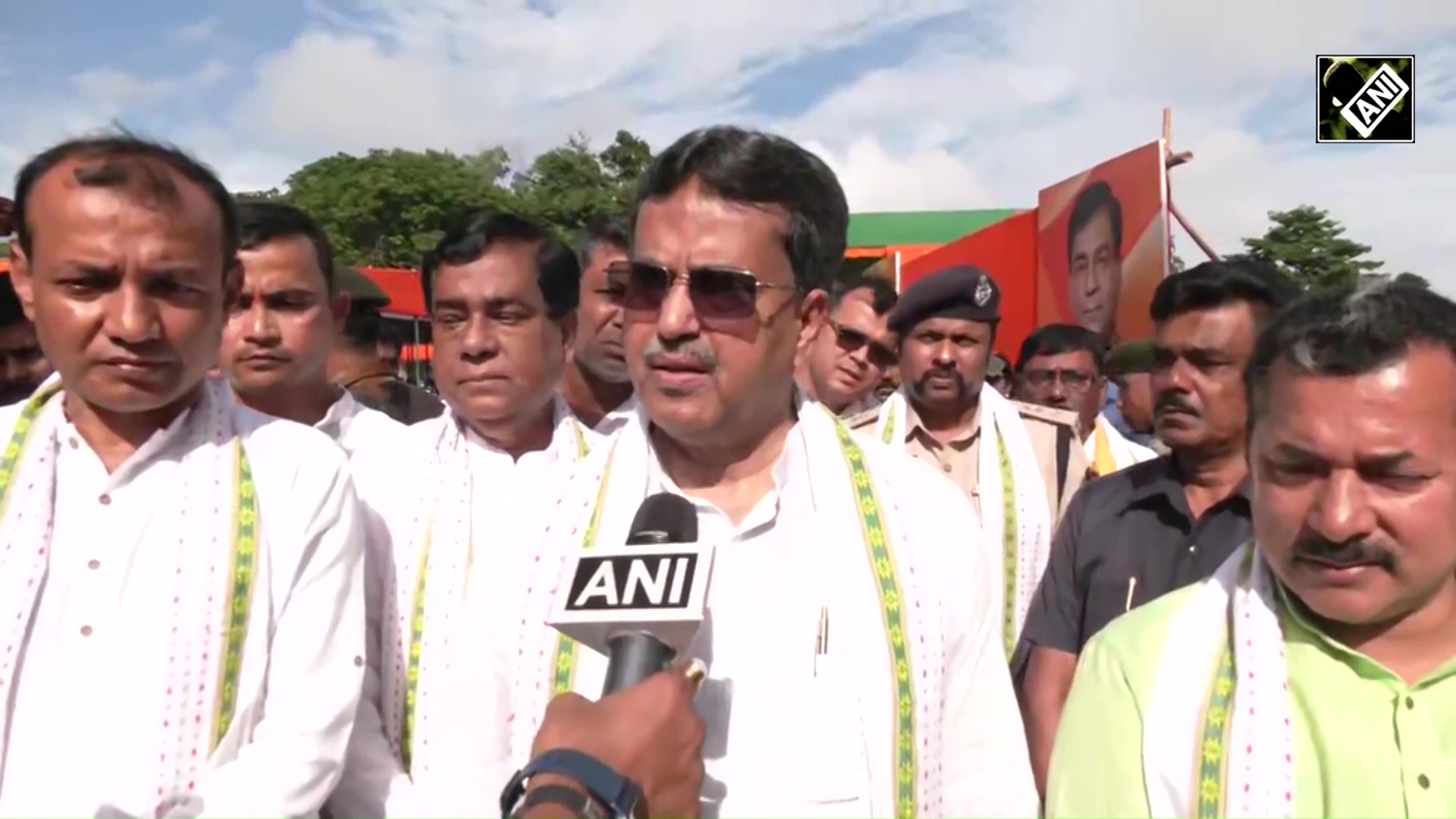Buddhist archaeological site of Pilak becomes prominent destination for tourists
Jul 29, 2023

South Tripura (Tripura) [India], July 29 : The 1,000-year-old Buddhist archaeological site of Pilak, which is located in the alluring landscapes of northeastern India, is sure to wow visitors as it rises to prominence in a recently established cultural and religious tourism circuit, reported The Bhutan Live.
The rich historical and spiritual history of Pilak, which is situated in the scenic area of Jolaibari, South Tripura District, is being promoted by the state government of Tripura. This historic location is a part of a network of Buddhist and Hindu tourist attractions close to the tri-border region of Tripura, Bangladesh (formerly East Bengal), and Myanmar's Rakhine State (previously Arakan).
South Tripura's Pilak has already established itself as a well-known tourism destination, luring travellers from all across the nation, as per The Bhutan Live.
The Bhutan Live covers Bhutan news, politics, Bhutan culture, Bhutanese Buddhism and more, for a unique understanding of the Himalayan region.
The State Tourism Department, led by TK Das, has created an alluring archaeological tourist circuit that includes Pilak as well as Chhabimura and Udaipur in the Gomati District in an effort to highlight the area's cultural riches even further. The famed Tripureswari Kali temple, one of the 51 Shaktipithas, is located in Udaipur, also known as Rangamati, which is the starting point of the voyage. The trek begins at the state capital of Agartala. Without stopping in at Chhabimura, which is renowned for its captivating rock carving panels lining the high hill wall and overlooking the calm waters of the Gomti River, the circuit isn't complete.
Its extensive collection of ancient Buddhist and Hindu sculptures, which also includes terracotta and stone temple plaques, as well as two magnificent stone images of Avalokiteshvara from the ninth century and a stunning sculpture of Narasimha from the 12th century, make Pilak's historical significance clear. These valuable artefacts are prominently displayed in the Government Museum in Agartala. Notably, the sites also yielded two bronze Buddha statues close to Pilak, offering priceless information on the area's early Buddhist kingdoms, which flourished before the arrival of Hinduism.
Since 1999, the preservation of Pilak has been carefully supervised by the Archaeological Survey of India (ASI). Brick stupas were found during ASI-led excavations in the early 1960s, shedding light on the site's historical significance.
Additional ASI digs at Jolaibari and surrounding mounds uncovered Buddha statues and other Mahayana Buddhist sculptures, according to The Bhutan Live.
The State Tourism Department's executive engineer, Uttam Pal, described the government's goal of making Pilak a popular travel destination for Buddhist travellers from all over the world, not just from Southeast Asia. Despite the site's well-deserved position as an archaeological treasure, strict rules forbid the construction of permanent structures within 150 metres of it. However, the state government has made investments to build first-rate tourism amenities nearby the restricted area. The number of visits has been unusually high, and for the comfort of tourists, a tourist bungalow has been meticulously built next to the site at Jolaibari.
A spectacular full-size Buddhist stupa, said to have been built in the 11th century under the rule of the Palas of Bengal, has just been discovered at Sundari Tila, close to Pilak. The site's numerous rock-cut sculptures and images display artistic influences from Bengal's Pala and Gupta dynasties, the Arakan region of Myanmar, and the Mainamati region of moulded plaques.
History-rich Pilak was formerly a vital component of the legendary Samatata kingdom in prehistoric Bengal. It now stands alongside other illustrious archaeological sites in Bangladesh including Mainamati and Somapura Mahavihara, which are renowned for their priceless clay plaques, seals, and early Hindu and Buddhist sculptures from the eighth and ninth centuries.
The recently established tourism circuit promises an extraordinary experience for those looking for a soul-stirring trip through time, culture, and spirituality, with Pilak proudly standing as the crowning jewel of this old treasure trove, The Bhutan Live reported.




















